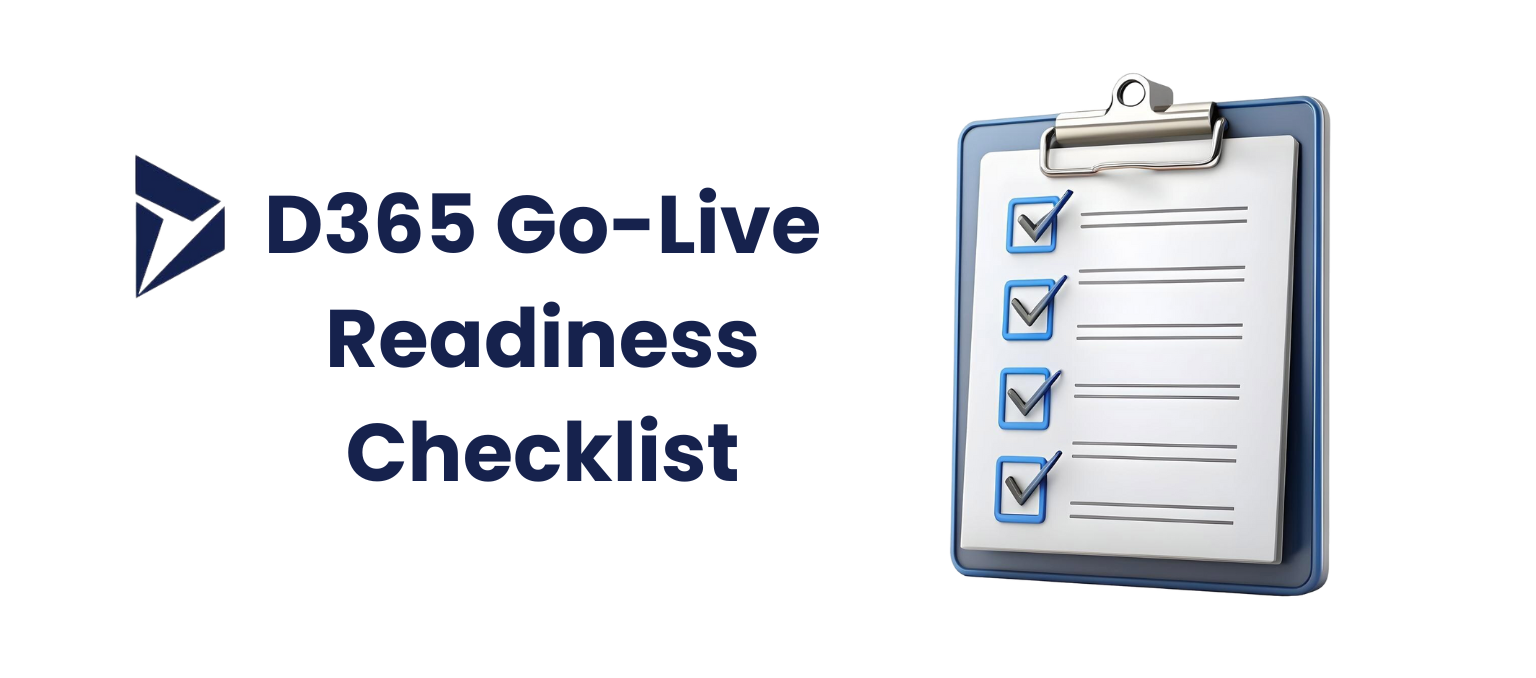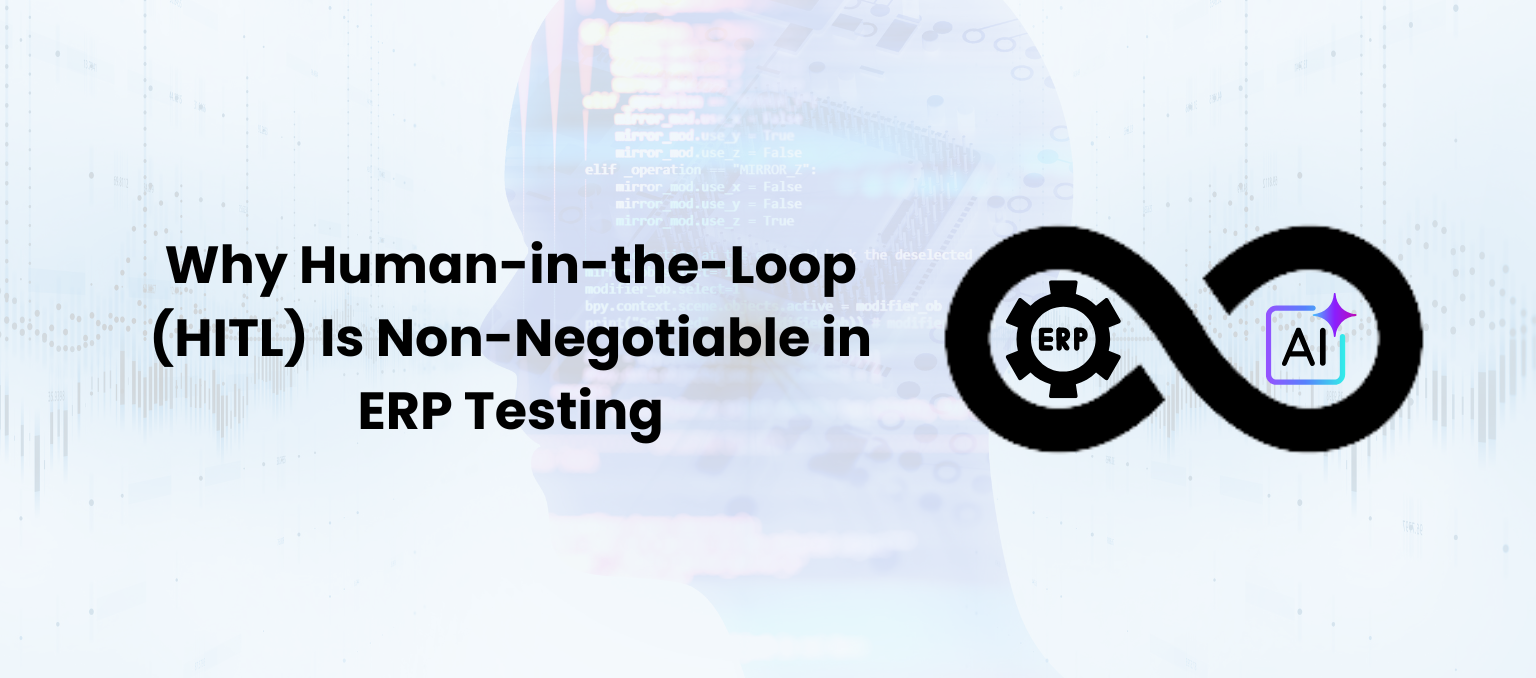If you’re like most organizations, your semi-annual Dynamics 365 upgrade probably follows a familiar pattern: your IT team braces for impact, your business users prepare for disruption, and the primary goal becomes simply getting through it without breaking anything.
But what if we told you this approach is costing you millions in missed opportunities?
The truth is, your D365 upgrade isn’t just a technical necessity—it’s a forced opportunity to validate, optimize, and future-proof your core operations. Here’s why shifting your perspective can transform your upgrade from a risk to be managed into a return to be maximized.
The Hidden Cost of the “Don’t Break Anything” Mindset
When organizations treat upgrades as purely technical exercises, they focus exclusively on what could go wrong. While stability is crucial, this defensive posture means you’re likely overlooking what could go right:
- Process inefficiencies you’ve learned to work around
- Data quality issues that undermine your AI and analytics
- Opportunity costs of underutilized new features
- Cultural resistance to change that slows digital adoption
- World-Class QA: Your Engine for Transformation
This is where quality assurance becomes your most powerful transformation tool. Strategic QA goes far beyond bug hunting—it becomes the mechanism that turns your upgrade into a genuine business improvement initiative.
- Uncover Process Inefficiencies You’ve Learned to Work Around
Rigorous testingdoesn’t just validate that features work—it reveals how your processes actually function versus how they should function. We consistently discover that the most valuable “defects” aren’t technical bugs but process gaps that have been costing your organization time and money for years. - Use the Upgrade as a Catalyst for Data Excellence
Every upgrade requires data validation. Transformative organizations use this as their built-in data quality initiative. By cleansing master data,validating business rules, and establishing governance during upgrade testing, you’re not just preparing for go-live—you’re setting the stage for better AI outcomes and more reliable operations. - Build a Continuous Quality Mindset
The companies that extract the most value from D365 have stopped treating quality as a final checkpoint and started treating it as a continuous practice. This shift reduces both the cost and fear of every future update, turning your upgrade cycle from a dreaded event into a competitive advantage.
From Risk Management to Return Maximization
The difference between these two mindsets comes down to one question: Are you using your upgrade to protect what you have, or to build what you need?
The organizations that thrive see their D365 investment differently. They understand that the real ROI doesn’t come from maintaining the status quo but from leveraging each upgrade to drive measurable business improvement.
Ready to Transform Your Perspective?
Stop just managing upgrade risk and start maximizing upgrade return. Discover how our strategic QA approach turns your semi-annual D365 upgrade into a powerful engine for business transformation.









